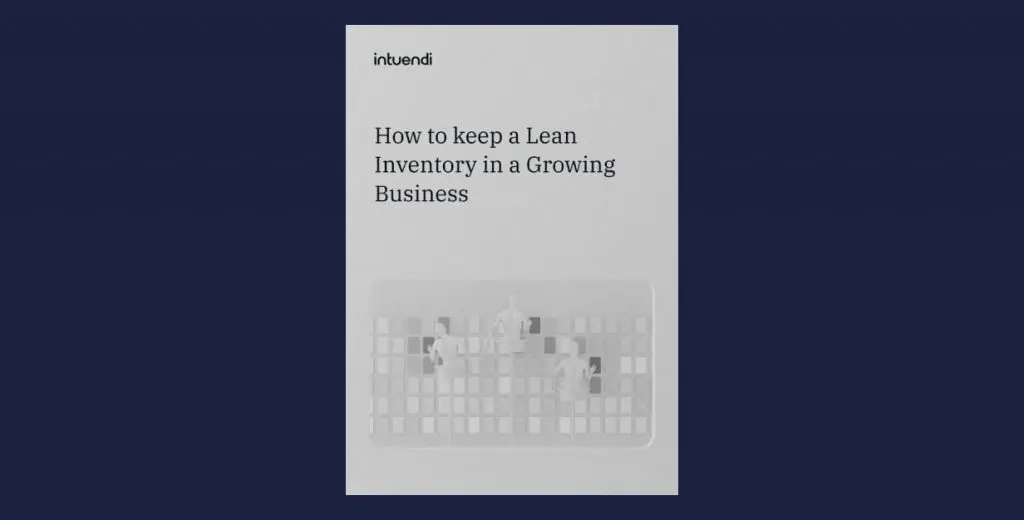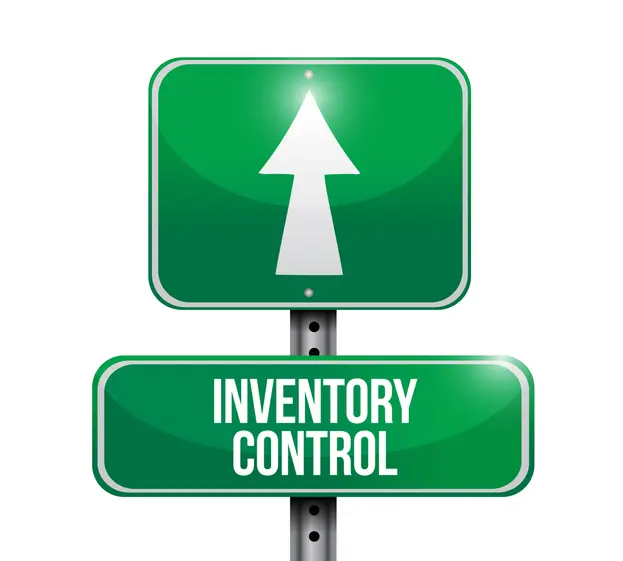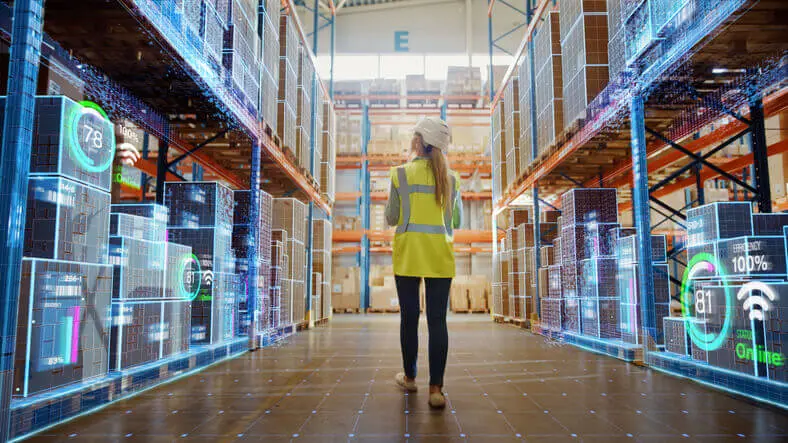The fashion industry has a dirty secret hiding in plain sight: a mountain of unsold clothes. For every trend that takes off, countless others end up on clearance racks, in warehouses, or worse, in landfills. This cycle of overproduction and waste isn’t just a byproduct of the business; it’s a fundamental flaw in its operating model, a costly guessing game that retailers can no longer afford to play. The solution, however, isn’t to guess better. It’s to stop guessing altogether.
The High Cost of Overstock: Fashion’s Core Problem
Excess inventory is far more than a simple storage issue; it’s a multifaceted problem that attacks a brand from every angle. The most immediate damage is to the bottom line. Markdowns become a necessity, eroding potential profits with every percentage point slashed from the original price. This financial drain is compounded by the staggering costs of warehousing and the inevitable disposal fees on profit margins for goods that simply cannot be sold.
Beyond the balance sheet, there’s a subtle but significant brand erosion at play. When a brand is in a state of perpetual sale, it trains its customers to wait for discounts. The perceived value of the product plummets, and the excitement of a new collection is replaced by the patient expectation of a price drop.
Finally, there is the unavoidable environmental toll. Each unsold garment represents a ghost of squandered resources—the water, energy, and raw materials used in its creation. Its journey often ends in a landfill, contributing to an enormous waste problem that the industry is only now beginning to confront seriously.
From Guesswork to Precision: AI vs. Traditional Forecasting
For decades, fashion forecasting has been a blend of art and science, leaning heavily on the art. The traditional method relies on historical sales data and the seasoned intuition of buyers. They look at what sold well last spring to predict what might sell this spring. This model, however, is dangerously slow and backward-looking for a market that now moves at the speed of social media, where micro-trends can emerge and vanish in weeks.
This is where the AI paradigm shift fundamentally changes the game. Instead of relying on a rear-view mirror, AI offers a real-time GPS. It operates as a dynamic system that processes immense, constantly updating datasets to spot subtle patterns and correlations that are invisible to the human eye. The core question shifts from a reactive “what sold last year?” to a proactive “what will sell next week?” based on a live, holistic view of the market.
The Mechanics of an AI Forecasting Engine
At its core, an AI forecasting engine is driven by a sophisticated combination of technologies designed to understand and predict complex human behaviour.
The engine’s brain is built on Predictive Analytics & Machine Learning. These aren’t static programs; they are algorithms designed to learn. They analyze data to forecast future outcomes, and with every new piece of sales data or market information that comes in, they refine their models, becoming progressively more accurate over time.
What makes this possible is holistic data integration. An effective AI doesn’t just look at one thing; it looks at everything. It synthesizes a vast array of disparate data streams to create a single, comprehensive view of demand. This includes crucial internal data like point-of-sale transactions, e-commerce clicks, cart abandonment rates, and current inventory levels. It then layers this with a rich set of external data, such as social media sentiment analysis, the rise and fall of influencer trends, competitor pricing strategies, and even regional weather forecasts that might influence what people want to wear.
A 3-Phase Framework for AI Implementation
Adopting AI forecasting is a structured journey, not an overnight switch. It typically unfolds across three distinct phases.
- Phase 1: Data foundation & integration. The first, and most critical, step is to get the data right. This involves auditing, cleaning, and unifying information that often lives in separate, siloed systems like ERPs, POS terminals, and e-commerce platforms. The goal is to create a single, reliable data pool that the AI can draw from.
- Phase 2: Model selection & training. With a clean data foundation, the next step is choosing the right AI platform. The selected model is then trained on the company’s unique historical data. This is a crucial “learning” period where the AI begins to understand the brand’s specific customer behaviours, seasonal patterns, and product affinities.
- Phase 3: Operational rollout & automation. Once the model is trained and validated, it’s integrated into daily workflows. This is where the transformation truly happens. The AI can begin to automate purchase order recommendations, optimize how stock is allocated across different stores or regions, and provide real-time signals to adjust production schedules.
Implementing these phases doesn’t have to be overwhelming. With Intuendi’s AI-powered forecasting platform, retailers can unify their data, train models on their unique history, and roll out automation faster than ever. See how Intuendi works:
The Strategic Gains Beyond Waste Reduction
While cutting excess stock is the headline benefit, the strategic advantages of AI forecasting ripple across the entire organization.
First and foremost is enhanced profitability. By aligning production with actual demand, retailers can maximize full-price sales, drastically reducing the reliance on margin-killing markdowns. This leads to improved customer satisfaction, as the right products are in the right place at the right time, minimizing “out of stock” frustrations. The demand insights generated by the AI also provide smarter business intelligence, informing everything from future product design and merchandising strategies to more targeted marketing campaigns. Finally, it gives brands a compelling sustainability story. In an era of conscious consumerism, being able to demonstrate a tangible, data-backed commitment to reducing waste is a powerful differentiator.
Navigating the Challenges of AI Adoption
The transition to AI-driven forecasting is not without its obstacles. The technical and financial hurdles can be significant, involving an initial investment in the technology, the complexity of integrating with legacy systems, and often the need to bring in data science expertise.
Just as important is managing the cultural shift within the organization. For years, experienced buyers have relied on their “gut feel”—a valuable skill honed over time. The challenge lies in training these teams to trust and collaborate with data-driven recommendations, blending their industry wisdom with the analytical power of the AI.
In the competitive landscape of modern retail, AI forecasting is rapidly moving from a technological advantage to a baseline necessity. The old model of producing goods and hoping they sell is being replaced by a new, more intelligent paradigm: understanding desire first, and then producing to meet it. This creates the ultimate win-win scenario for the industry. It points toward a future where fashion retailers are simultaneously more profitable and more environmentally responsible, finally ending the era of wasteful overproduction.






